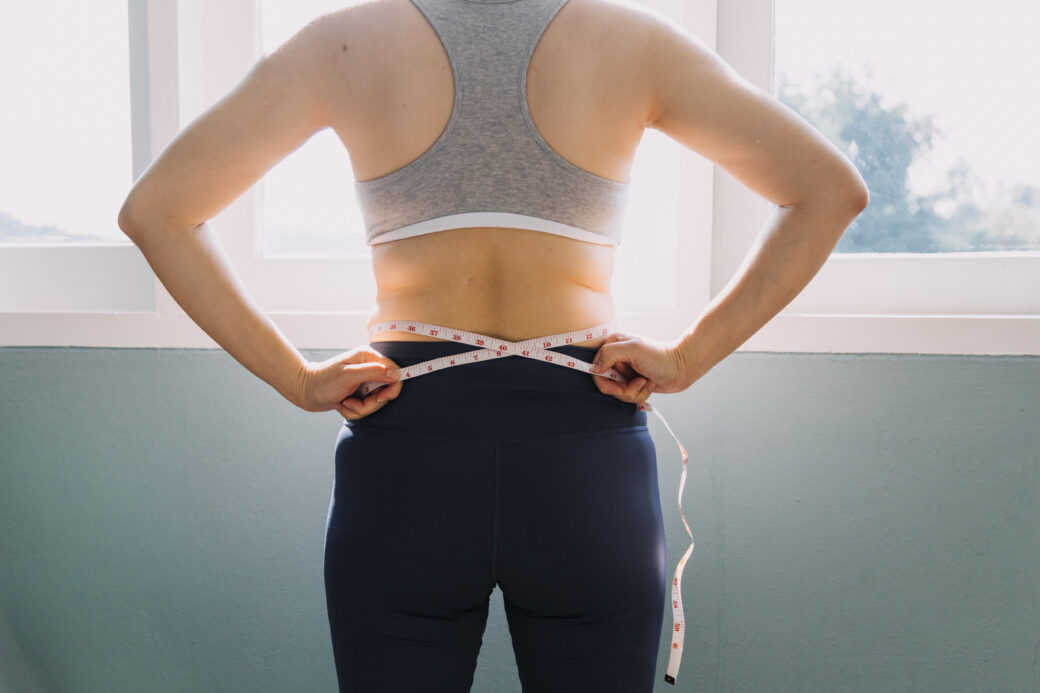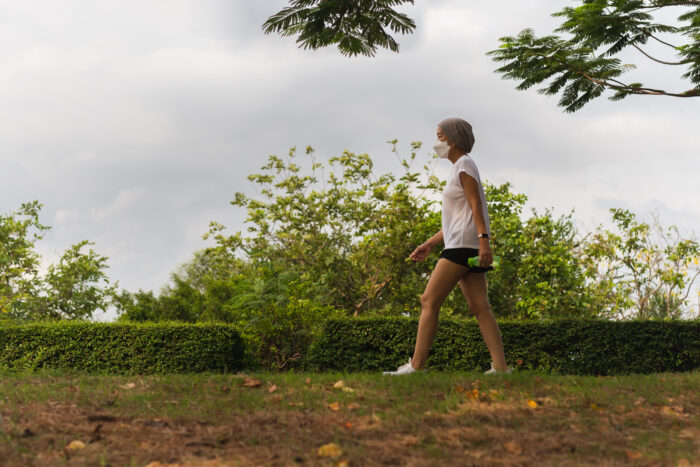
Managing and alleviating lumbar pain involves a combination of treatments and lifestyle modifications.
Here are several strategies to help reduce lumbar pain…
Rest and Activity Modification
- Rest – Initially, rest the affected area to reduce inflammation and pain. Avoid activities that exacerbate the pain.
- Modified Activities – Gradually resume normal activities, avoiding those that strain the lower back.
Cold and Heat Therapy
- Cold Therapy – Apply an ice pack to the painful area for 15-20 minutes several times a day during the first 48 hours to reduce inflammation.
- Heat Therapy – After the initial inflammation has subsided, use a heating pad or warm compress to relax muscles and improve blood flow.
Over-the-Counter Pain Relief
- NSAIDs – Nonsteroidal anti-inflammatory drugs (ibuprofen or naproxen) can help reduce pain and inflammation.
- Acetaminophen – This can be used to manage pain if NSAIDs are not suitable.
Gentle Exercise and Stretching
- Walking – Gentle walking can help improve mobility and reduce stiffness.
- Stretching – Perform gentle stretches for the lower back, such as the knee-to-chest stretch, cat-cow stretch, and child’s pose, to improve flexibility and relieve tension.
Strengthening Exercises
- Core Strengthening – Strengthen your core muscles to support your lower back. Exercises like planks, bridges, and bird-dog can be beneficial.
- Lumbar Strengthening – Perform specific exercises to strengthen the lumbar muscles, such as back extensions and superman exercises.
Ergonomic Adjustments
- Proper Posture – Maintain good posture when sitting, standing, and walking to reduce strain on the lower back.
- Ergonomic Workspace – Adjust your chair, desk, and computer setup to ensure proper alignment and support for your back.
Lifestyle Modifications
- Weight Management – Maintain a healthy weight to reduce the strain on your lower back.
- Healthy Diet – Eat a balanced diet rich in anti-inflammatory foods (like fruits, vegetables, and omega-3 fatty acids) to support overall health and reduce inflammation.
Alternative Therapies
- Physical Therapy – A physical therapist can design a personalized exercise and stretching program to address your specific needs.
- Massage Therapy – Regular massage can help relax tight muscles and improve circulation.
- Chiropractic Care – Chiropractors can perform spinal adjustments to relieve pain and improve alignment.
Mind-Body Techniques
- Yoga – Gentle yoga can improve flexibility, strength, and relaxation.
- Meditation and Deep Breathing – These practices can help manage pain by reducing stress and promoting relaxation.
Proper Sleep Habits
- Supportive Mattress – Use a mattress that provides adequate support for your back.
- Sleep Position – Sleep on your back with a pillow under your knees or on your side with a pillow between your knees to maintain proper spinal alignment.
Hydration and Overall Health
- Stay Hydrated – Drink plenty of water to maintain the health of your intervertebral discs.
- Regular Physical Activity – Engage in regular, low-impact activities to keep your back muscles strong and flexible.
Professional Medical Treatments
- Prescription Medications – A doctor may prescribe stronger pain medications or muscle relaxants for severe pain.
- Injections – Corticosteroid injections can reduce inflammation and pain in specific areas.
- Surgery – In rare cases, if conservative treatments fail and pain is severe, surgery may be considered.
Conclusion
Effective management of lumbar pain involves a combination of rest, physical therapy, exercise, lifestyle changes, and possibly medical treatments. Listen to your body and avoid activities that worsen your pain. If your pain persists or worsens, consult a healthcare professional for a thorough evaluation and personalized treatment plan.
Related Posts
What Does a Slipped Disc Feel Like in Lower Back?
On
July 26, 2022
What Is The Best Exercise For Lumbar Pain?
On
October 14, 2024
How Do I Strengthen My Lumbar Back?
On
June 22, 2024
Does Walking Help Lumbar Back Pain?
On
July 4, 2024



